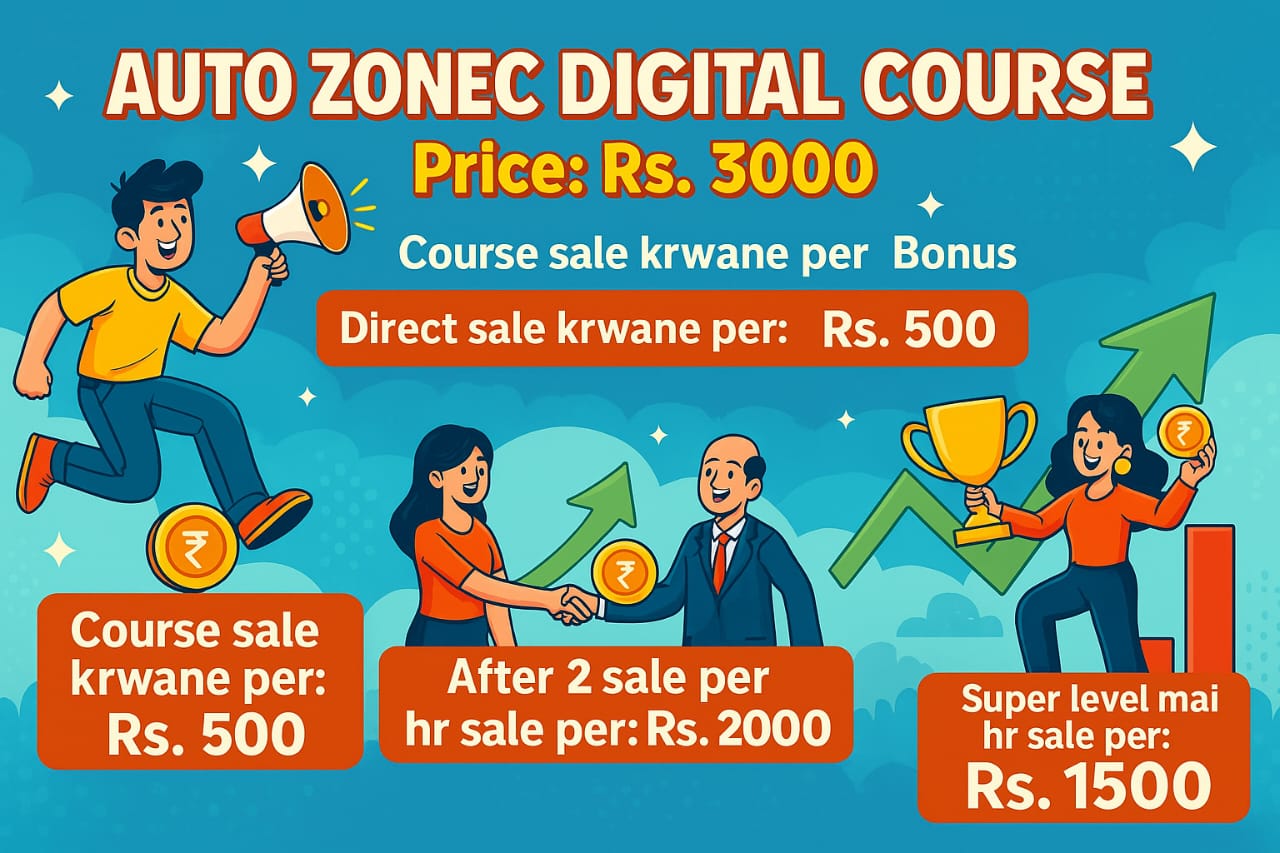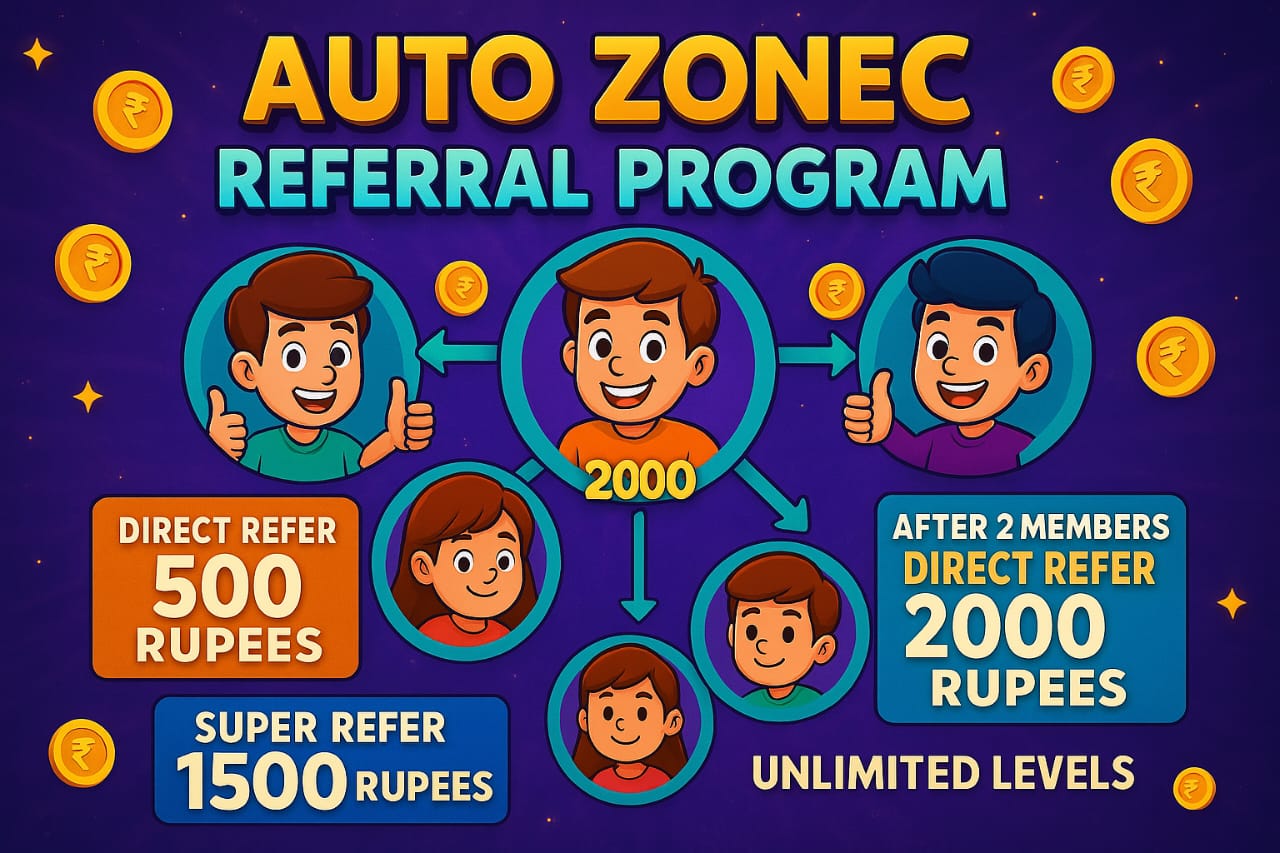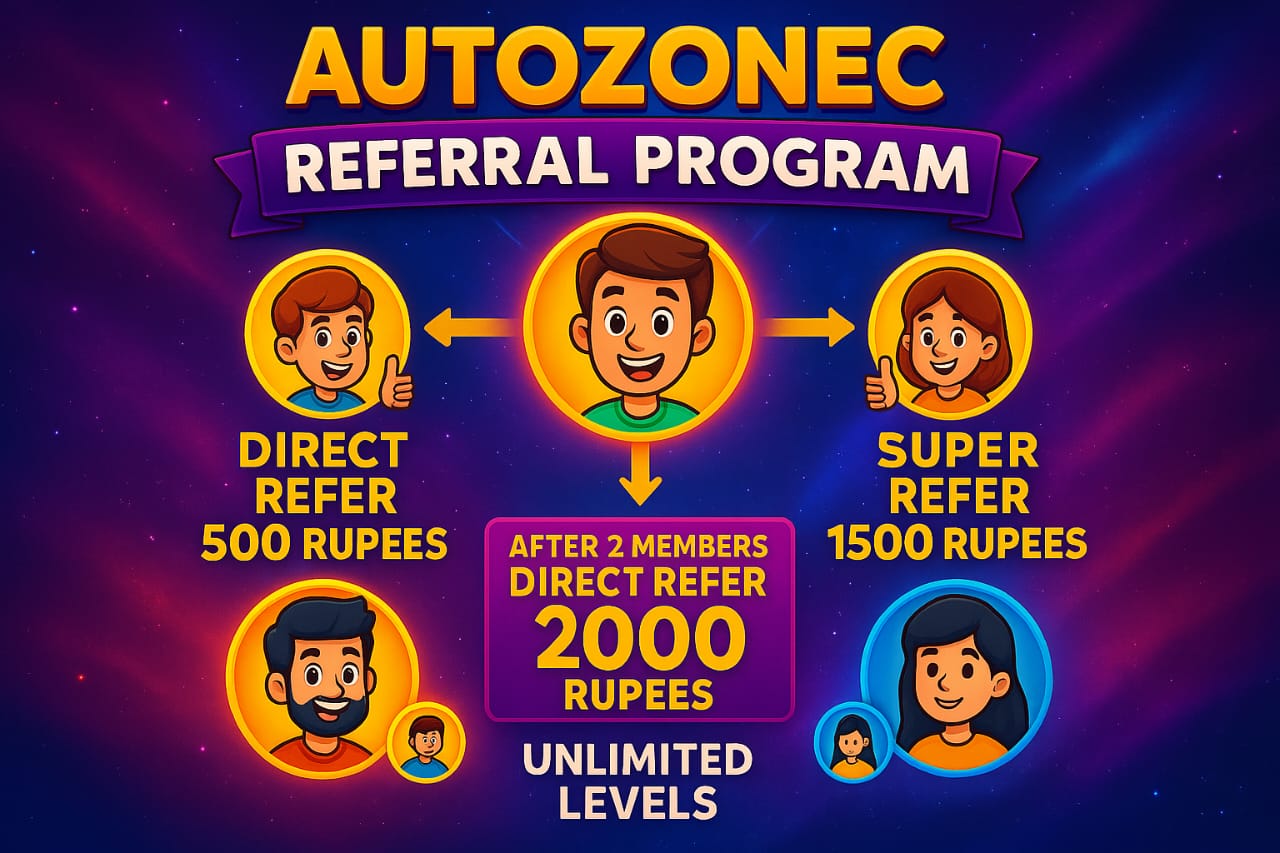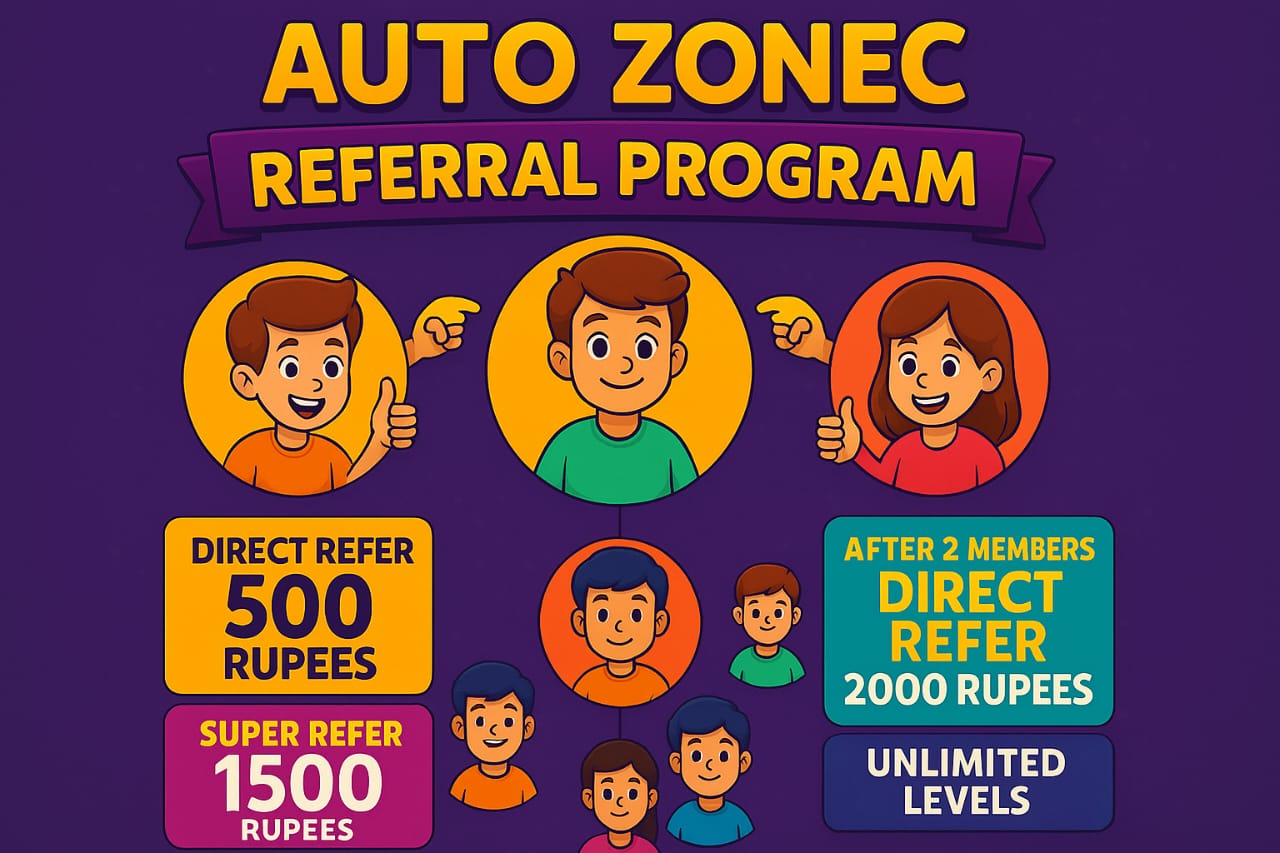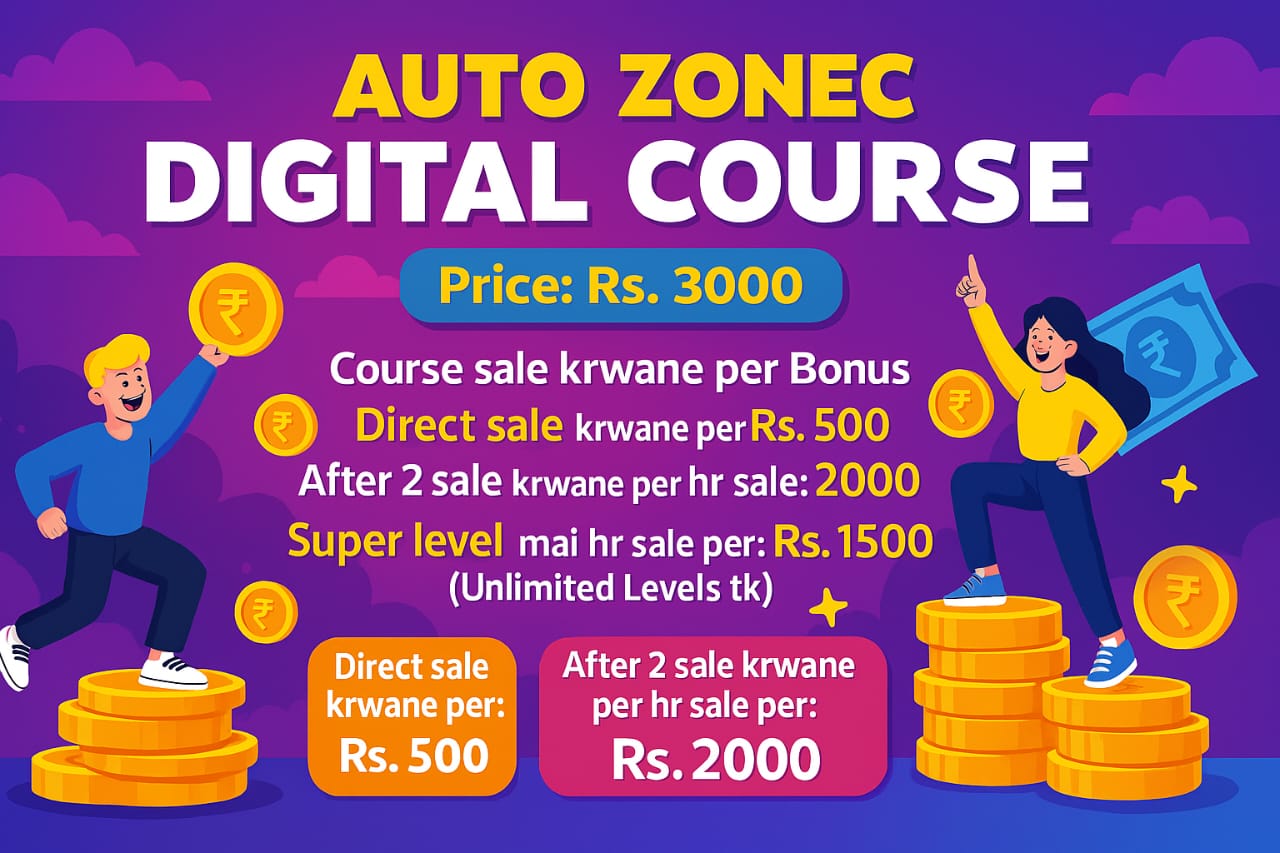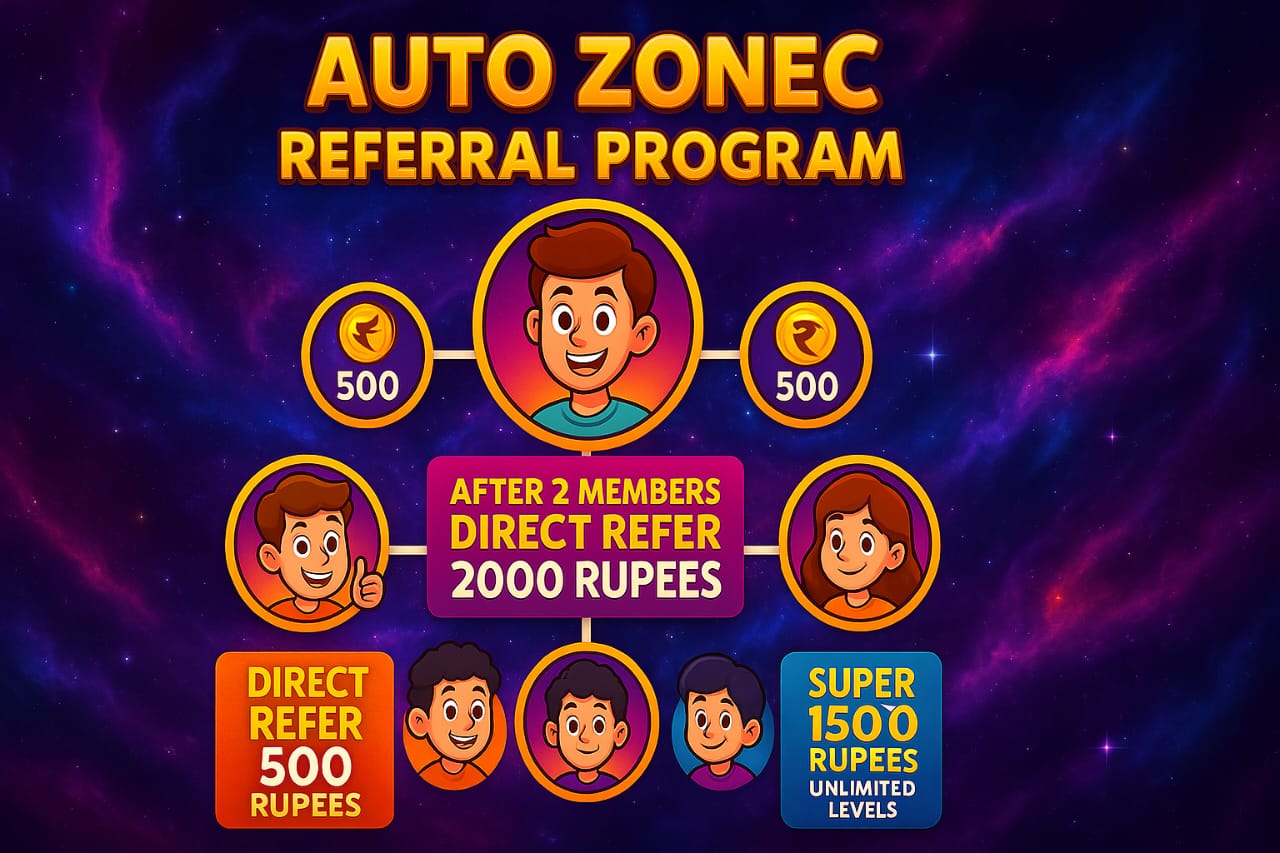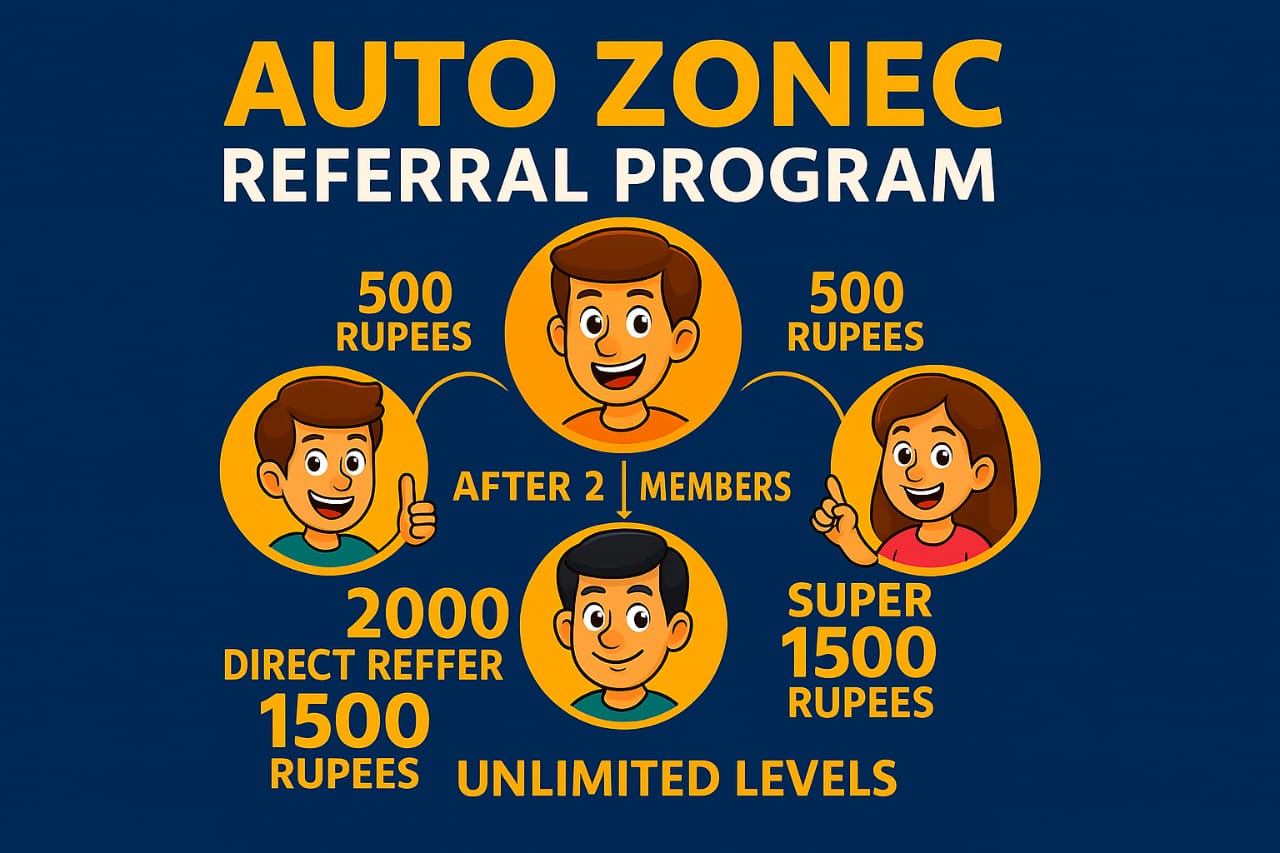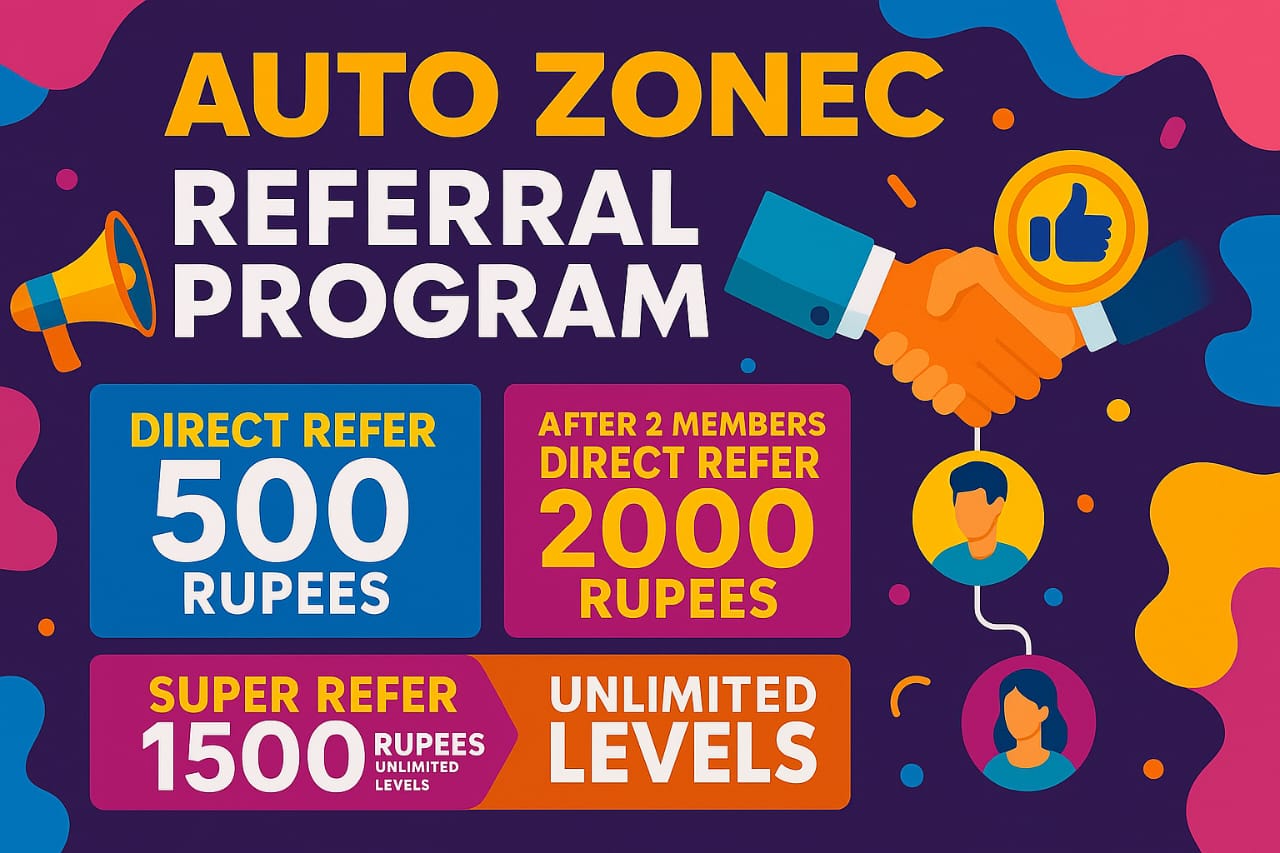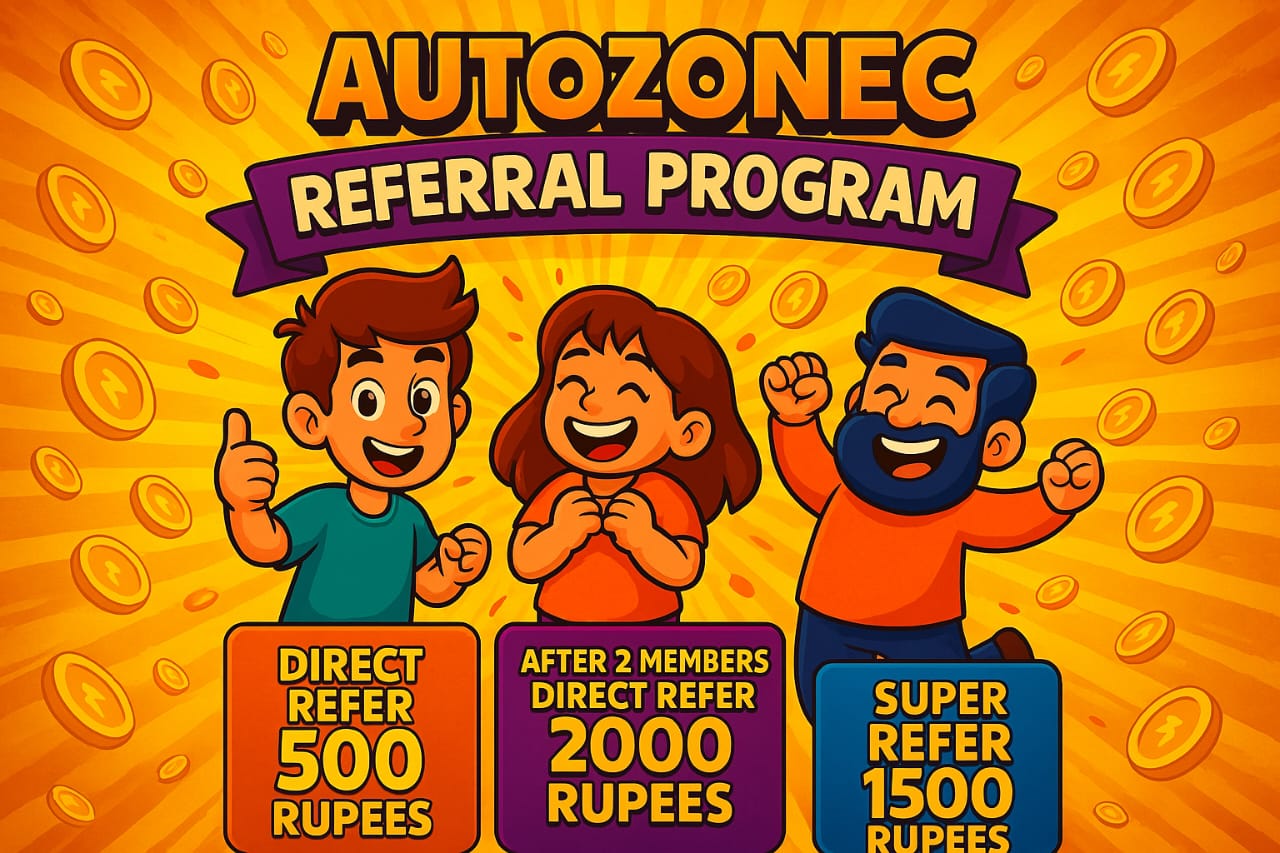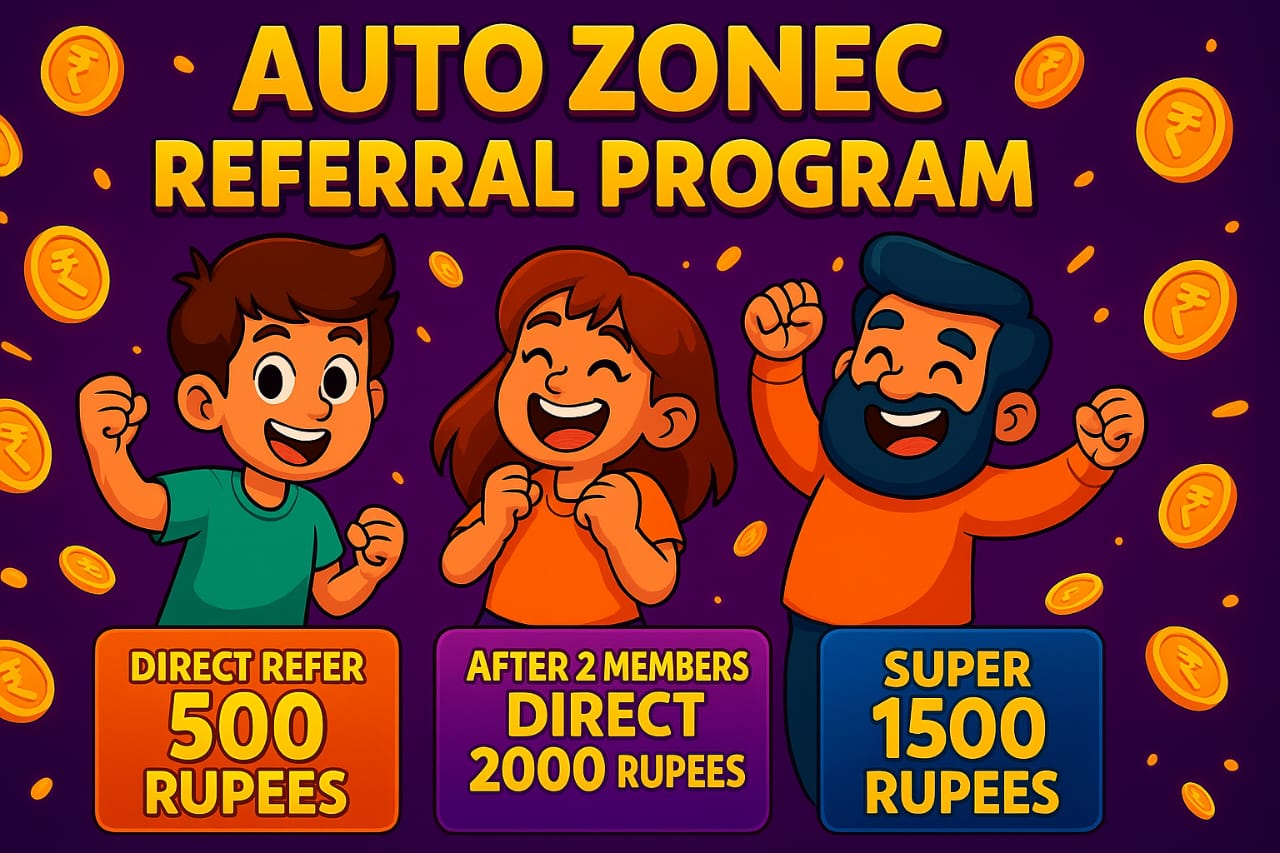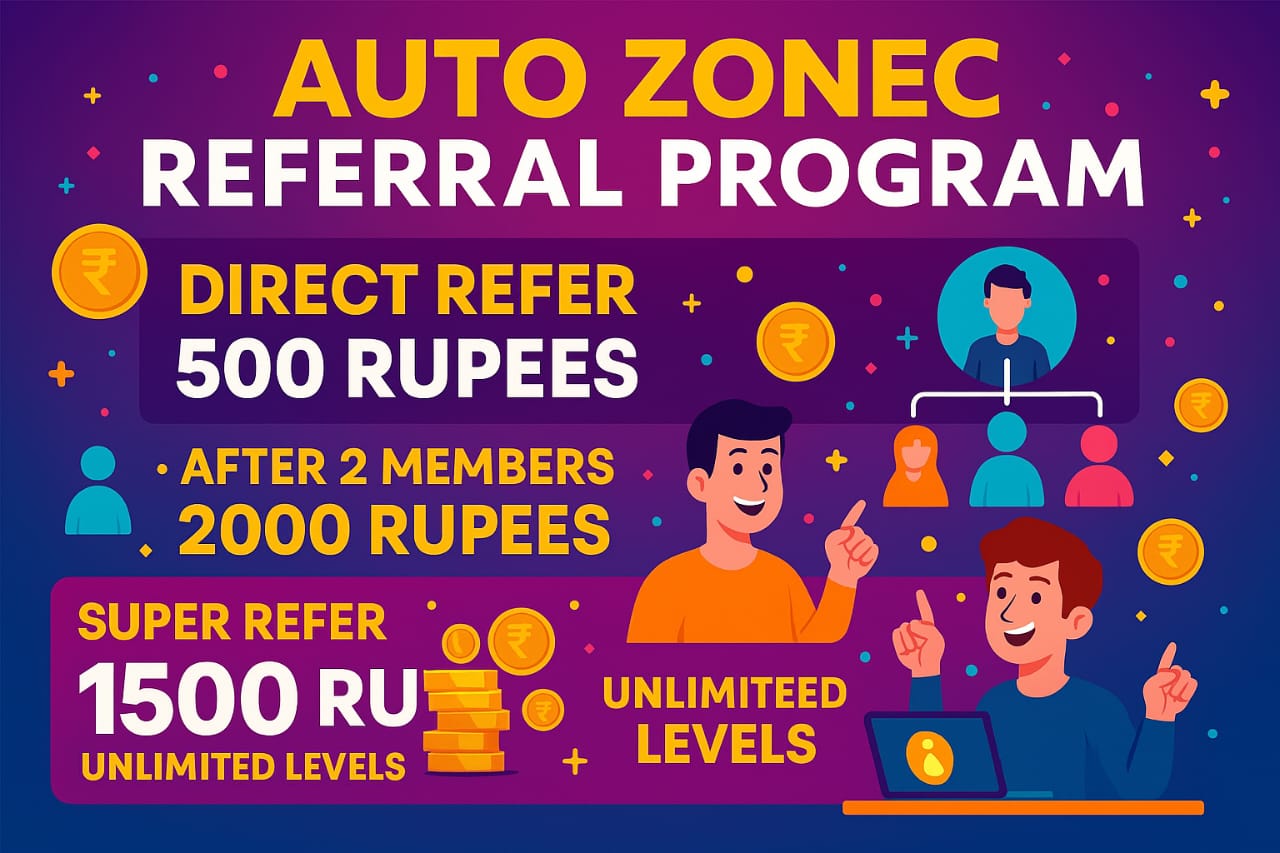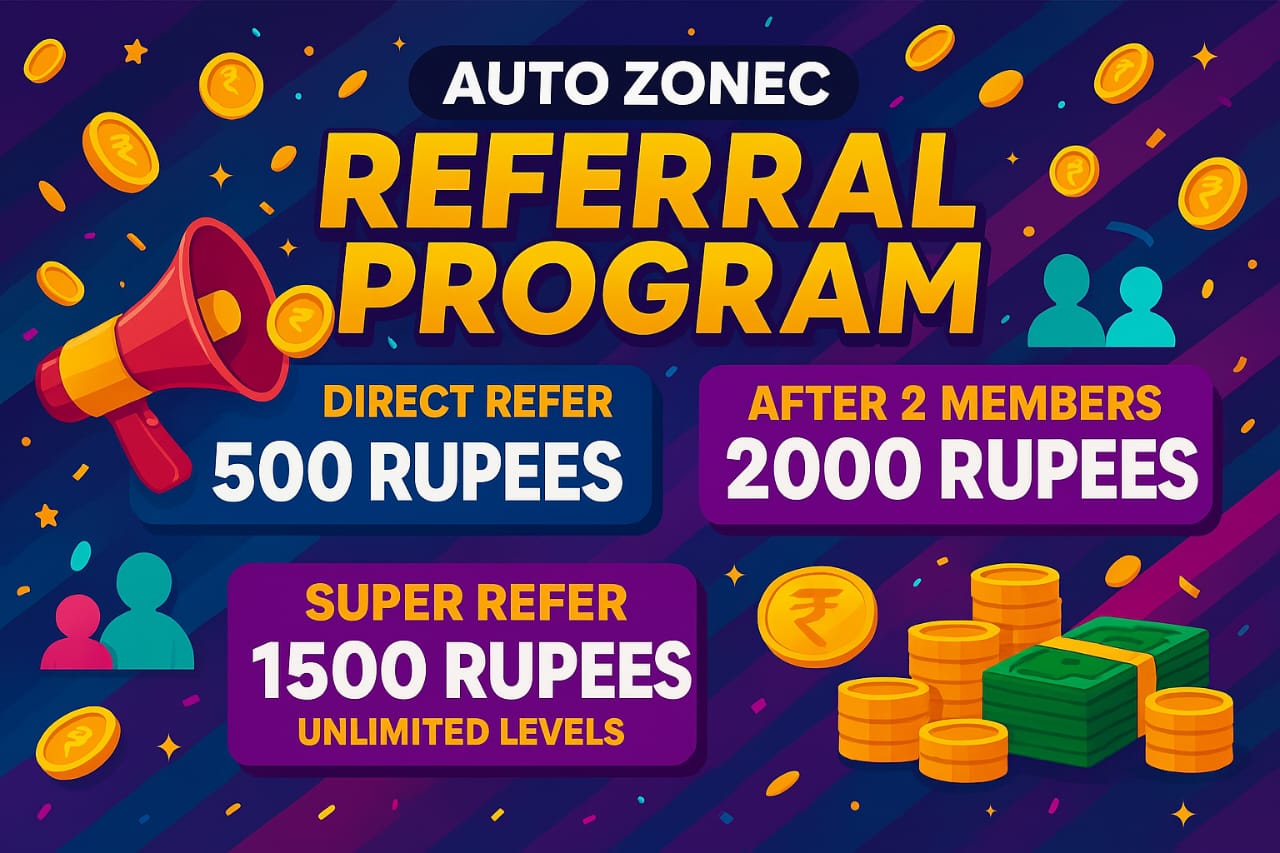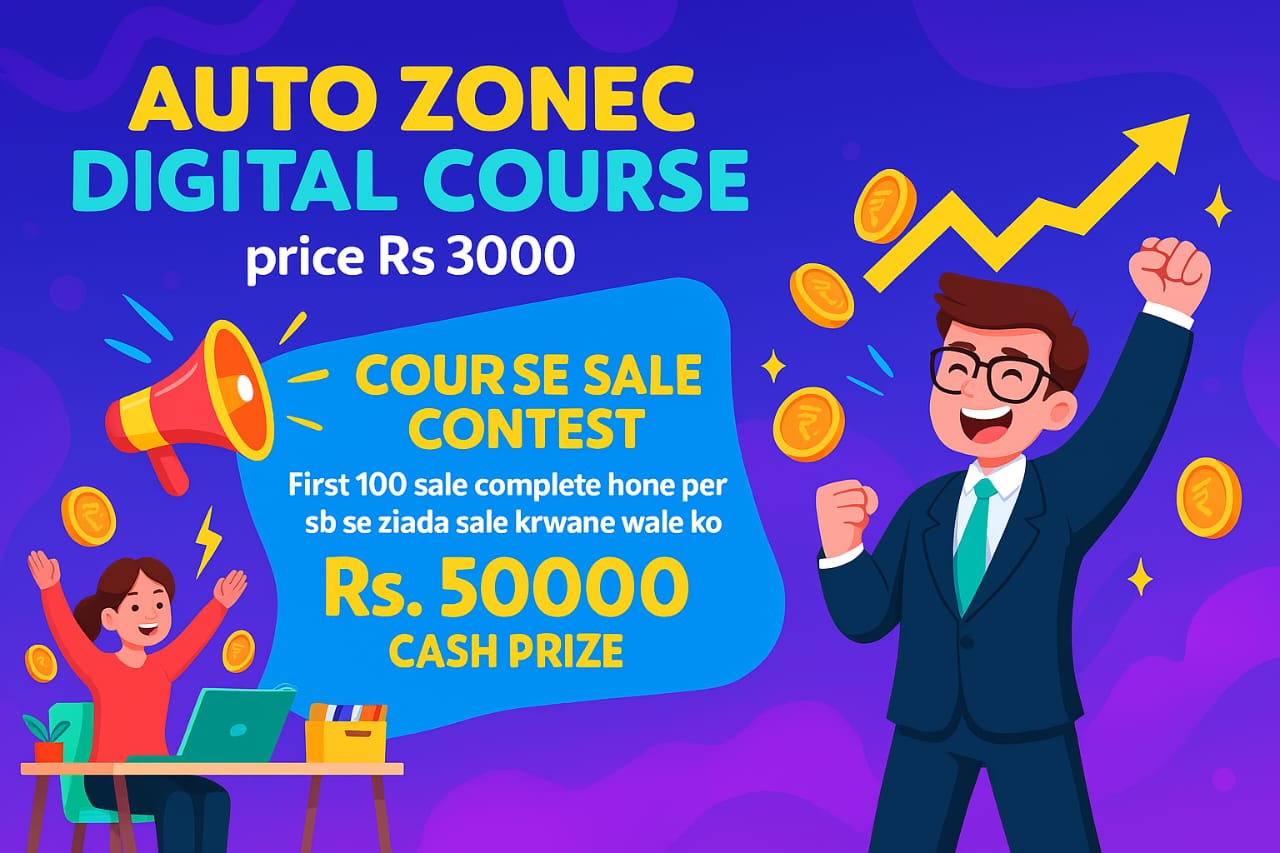
Revolution in Pixels: How CGI Superstars are Leveling Up Influencer Marketing
SEO Description: "Explore the revolutionary trend of Virtual Influencers in our latest blog post. Learn how CGI personalities are reshaping influencer marketing strategies, creating immense value for brand promotions. Don't miss out on this game-changing digital movement!"
Meta Keywords: Virtual influencers CGI influencers Rise of virtual influencers Changing influencer marketing Impact of virtual personalities Virtual influencer marketing Future of influencer marketing Computer-generated influencers Trend of virtual influencers Digital influencers in marketing Influencer marketing transformation CGI personalities in marketing Evolution of influencer marketing Role of virtual influencers Growth of virtual influencers Revolution in influencer marketing Effect of CGI on influencer marketing AI influencers in marketing New-age influencer marketing Emergence of virtual influencers Shift in influencer marketing Influence of CGI personalities The digital influencer era Advantages of virtual influencers The new influencers: virtual personalities.
The Rise of Virtual Influencers: How CGI Personalities are Changing the Influencer Marketing Game
The resurgence of the digital age has brought with it advancement in every sphere of life. One area that has seen significant growth is the influencer marketing sector. The trend has evolved beyond human influencers, embracing the rise of virtual influencers, which are designed using Computer-Generated Imagery (CGI). These digital personas promise a new era in the marketing landscape, bringing a fresh perspective to influencer marketing. This article explores the rise of virtual influencers and how they are changing the influencer marketing game. We will go through what they are, why they are becoming popular, their advantages and potential drawbacks.
Introduction
Influencer marketing has been steadily growing over the last decade, mainly due to the increasingly digital lifestyle of the global population. Social media platforms have been the principal drivers of this advertising strategy, offering an interactive and personal approach to promoting products and services. Traditionally, human influencers have dominated the space. However, in recent years, a new breed of influencers has emerged, driven by advancements in technology.
Virtual influencers, primarily designed using CGI technology, are non-human personalities created for the same purpose as their human counterparts: to influence consumer behavior. These influencers can be found on various social media platforms, promoting brands, initiating social interactions, and building considerable follower bases. We are witnessing an era where fictional, digital entities are effectively selling products and shaping consumer perceptions.
Understanding Virtual Influencers
Who are Virtual Influencers?
Virtual influencers are digital personas created using CGI and artificial intelligence technologies. They are designed to exhibit human-like characteristics, such as emotions, preferences, thoughts, and personal style. Moreover, these CGI personas are interactive, engaging with their followers on social media platforms and responding to comments just like human influencers would do. They can be developed to look like anything their creators desire, enabling them to fit into a variety of advertising contexts easily.
Emergence and Growth of Virtual Influencers
The birth of virtual influencers can be traced back to 2016, with Miquela Sousa also known as 'Lil Miquela', a virtual influencer created by a Los Angeles-based startup, Brud. Miquela is a CGI persona who has accumulated over 3 million followers on Instagram. Since then, the number of virtual influencers has increased exponentially, as more brands recognize their value in marketing campaigns.
The growth of virtual influencers is intrinsically linked to advancements in technology, particularly in AI and CGI. The emergence of advanced design and animation tools has enabled the creation of life-like digital personas that convincingly mimic human influencers. This growth has also been fueled by the expanding digital landscape and the shift in consumer behavior towards online and digital platforms.
Why are Virtual Influencers Becoming Popular?
The rise in popularity of virtual influencers can be attributed to several factors. Primarily, they offer unique advantages that set them apart from human influencers. Below are some of the key reasons for their growing popularity:
- Flexibility: Virtual influencers are not confined by physical or geographical limitations. They can be anywhere at any time, making them extremely flexible for marketing campaigns that span different regions.
- Control: Brands have complete control over virtual influencers, unlike their human counterparts. There are no risks of scandals, off-brand comments, or other unpredictable events that could tarnish the image of the brand.
- Creativity: With virtual influencers, the sky's the limit when it comes to creativity. They can be designed to fit perfectly into any narrative or theme, making them highly adaptable for various campaigns.
- Digital Native Appeal: Considering the increasing amount of time people spend online, especially the younger generation, virtual influencers appeal to the digital native consumers who are comfortable interacting with AI-powered entities.
Next, we will delve into the impact of virtual influencers on the influencer marketing game, the potential benefits and challenges they present, and their future in advertising.
The Emerging World of Virtual Influencers
When we think of influencers, the first examples that come to mind are often individuals like the Kardashians or popular YouTube vloggers. However, these human influencers are facing new competition in the form of virtual influencers. These Computer Generated Imagery (CGI) personas are disrupting the traditional influencer marketing landscape, forging new relationships with brands, and transforming the way we think about digital advertising.
The Rise of the Virtual Influencers
Technology has advanced to such an extent that it's now possible to create realistic, digitally-rendered people with AI personalities on social media platforms. These virtual influencers are not just eye-catching novelties but have become powerful marketing tools. According to a report by OnBuy, a global online marketplace, the world’s top 5 virtual influencers generated 3 times more engagement per post compared to their human counterparts in 2020.
Case Study: Lil Miquela
Perhaps the most famous of all virtual influencers is Lil Miquela, a 19-year-old Brazilian-American model, who broke onto the scene in 2016. Created by the Los Angeles-based company Brud, Lil Miquela has over 2.9 million followers on Instagram, collaborates with big-name brands like Calvin Klein and Prada, and has even released her own music on Spotify. Despite not being a real person, she is changing the game in the influencer marketing sphere.
Why Brands Are Embracing Virtual Influencers
Brands are drawn to virtual influencers for multiple reasons. They offer a high degree of control, are not prone to real-life scandals, and can be designed to perfectly reflect a brand’s image or values. Brands can tweak every aspect of a virtual influencer's appearance, message, and personality to match their campaign's needs. This level of control is often not possible with human influencers, who have their own unpredictability.
Virtual Influencers: An Evolving Phenomenon
As technology continues to evolve, we can expect the world of virtual influencers to grow and change. The use of advanced algorithms could allow these CGI personas to interact with followers in real-time, creating a more personalized and engaging experience. Additionally, brands could potentially create their own virtual influencers to deliver a more consistent and controlled brand message.
Challenges Ahead
While virtual influencers offer exciting possibilities, they also bring certain challenges. There is a risk of viewers feeling deceived once they realise the influencer isn't real. Moreover, ethical questions about the influence of non-human entities on human behavior and decisions are unavoidable. It is thus imperative for brands and advertisers to be transparent about the virtual nature of these influencers and navigate this emerging landscape responsibly.
Conclusion
The rise of virtual influencers is an exciting development in the influencer marketing industry. As with any new technology, it brings both novel opportunities and challenges. By keeping a balanced perspective, marketers and brands can leverage this trend to deliver innovative campaigns and create engaging narratives that resonate with existing and potential customers alike. It's certain that virtual influencers will become a significant part of the influencer marketing landscape in the near future, offering a fresh and exciting new avenue for storytelling and brand promotion.
Breaking Conventional Boundaries
Virtual influencers are offering brands the chance to sidestep the unpredictable nature of real world influencers. Human influencers, no matter how professional, are prone to say or do things that may result in scandal, ultimately damaging the brand they represent.With virtual influencers, such risks are significantly minimized. Their actions are fully controlled, they can seamlessly align with the company's ethos and their narratives can be tailored to match the specific goals of a marketing campaign. As such, virtual influencers provide marketers with a new level of control over the image and messaging of the campaigns they manage.
The Challenge Ahead
However, with all its advantages, the rise of virtual influencers also brings challenges. Chief among them is authenticity. Authenticity has become a crucial factor in influencer marketing, as audiences nowadays are more likely to trust influencers who are genuine and relatable.
Because virtual influencers are in essence, CGI characters created by a team of designers, they might struggle to connect with audiences in the same way as real people. Conveying authenticity through a virtual persona is a complicated task, and it’s a challenge that brands and marketers will need to address as they navigate this emerging landscape.
Endless Possibilities
Despite the challenges, virtual influencers present limitless opportunities. They can be designed to appeal to any target audience, they could be anywhere at anytime, and they could represent any product or brand.
Moreover, they can push the boundaries of creativity in ways that real influencers cannot. They can perform impossible stunts, transform their appearance in seconds and interact with fictional characters or environments. All of these features make virtual influencers a promising tool for creating engaging and visually stunning marketing campaigns.
Conclusion
The rise of virtual influencers is undoubtedly changing the face of influencer marketing. It offers brands a new way of engaging audiences, presenting a perfect blend of consumer influence, brand control, and creative freedom. However, as with any emerging technology, it also presents challenges which marketers will have to address.
One thing’s for sure: as technology continues to evolve, so too will the ways in which brands connect with their audiences. Virtual influencers are just the latest chapter in this ongoing story. Whether they are a fleeting trend or a lasting presence, their emergence underscores the increasingly blurred lines between reality and the digital world in today’s marketing landscape.
Undeniably, CGI personalities are transforming the influencer marketing game. As they continue to proliferate, it will be fascinating to see how they shape the future of marketing and consumer interaction.
Stay tuned for more such exciting insights on the evolving world of influencer marketing.
About The Author
John Doe is a seasoned marketing veteran, digital world enthusiast and a passionate writer. He regularly writes about the latest trends, predictions, and challenges in the digital marketing landscape. John believes in the power of impactful content and the immense possibilities it holds in the digital age.
Revolution in Pixels: How CGI Superstars are Leveling Up Influencer Marketing
Written by: wikibrand
Published on: April 27, 2025
